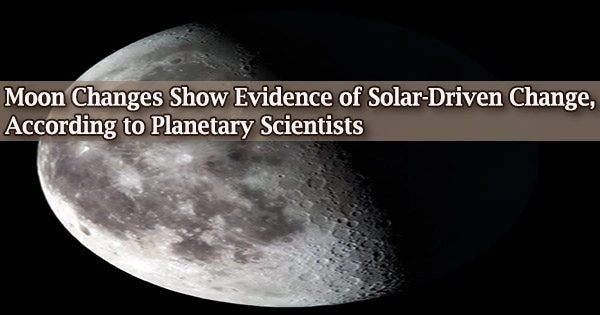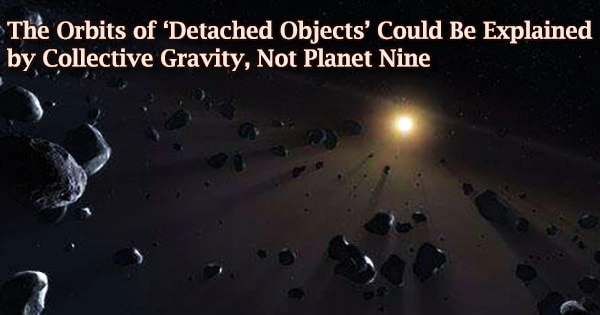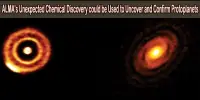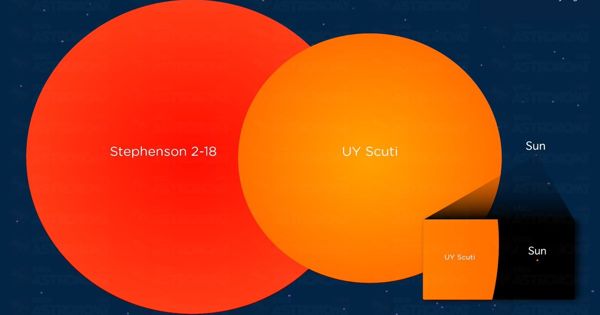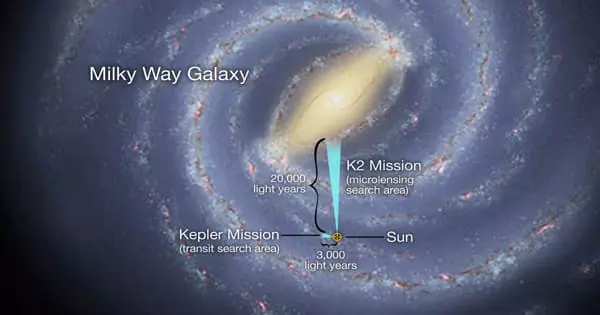Scientists are attempting to determine why there are tiny iron nanoparticles practically everywhere on the Moon that are not naturally occurring on Earth.
The Department of Astronomy and Planetary Science at Northern Arizona University, under the direction of associate professor Christopher Edwards, and PhD candidate Christian J. Tai Udovicic, have recently published a study that provides crucial hints about the very active lunar surface.
The researchers discovered that solar radiation may be a more significant source of lunar iron nanoparticles than previously believed in a study that was just published in Geophysical Research Letters.
The absence of the protective magnetic field and atmosphere that shield us here on Earth causes the Moon to be particularly vulnerable to solar radiation and asteroid collisions. Iron nanoparticles (some smaller, some larger) are produced when solar radiation and asteroids combine to break down lunar rocks and soil. These particles can be seen using instruments on satellites circling the Moon.
To determine how quickly iron nanoparticles grow on the Moon over time, researchers examined data from the National Aeronautics and Space Administration (NASA) and Japan Aerospace Exploration Agency (JAXA) spacecraft.
“We have thought for a long time that the solar wind has a small effect on lunar surface evolution, when in fact it may be the most important process producing iron nanoparticles,” Tai Udovicic said. “Since iron absorbs a lot of light, very small amounts of these particles can be detected from very far away making them a great indicator of change on the Moon.”
This study shows that the solar radiation could have a much larger influence in active change on the Moon than previously thought, not only darkening its surface, but it might also create small quantities of water usable in future missions.
Christian J. Tai Udovicic
Surprisingly, in samples from the Apollo missions to the Moon, the smaller iron nanoparticles appeared to form at a similar pace to radiation damage, suggesting that the Sun had a significant influence on their production.
“When I saw the Apollo sample data and our satellite data side by side for the first time, I was shocked,” Tai Udovicic said.
“This study shows that the solar radiation could have a much larger influence in active change on the Moon than previously thought, not only darkening its surface, but it might also create small quantities of water usable in future missions.”
Understanding the solar radiation environment and potential resources on the Moon is crucial as NASA gears up to place the first woman and the next man on the lunar surface by 2024 as part of the Artemis mission.
Tai Udovicic recently received a NASA Future Investigators in Space Science and Technology (FINESST) grant for future work, which he intends to use to expand the scope of his specific study to the entire Moon.
However, he is also eager to look more closely at some mysterious lunar swirls, one of which will serve as the landing site for the upcoming Lunar Vertex rover. For the benefit of upcoming missions, he also researches the lunar temperatures and water ice stability.
“This work helps us understand, from a bird’s eye view, how the lunar surface changes over time,” said Tai Udovicic. “While there is still a lot to learn, we want to make sure that when we have boots back on the Moon, that those missions are backed by the best science available. It’s the most exciting time to be a lunar scientist since the tail end of the Apollo era in the 70s.”
